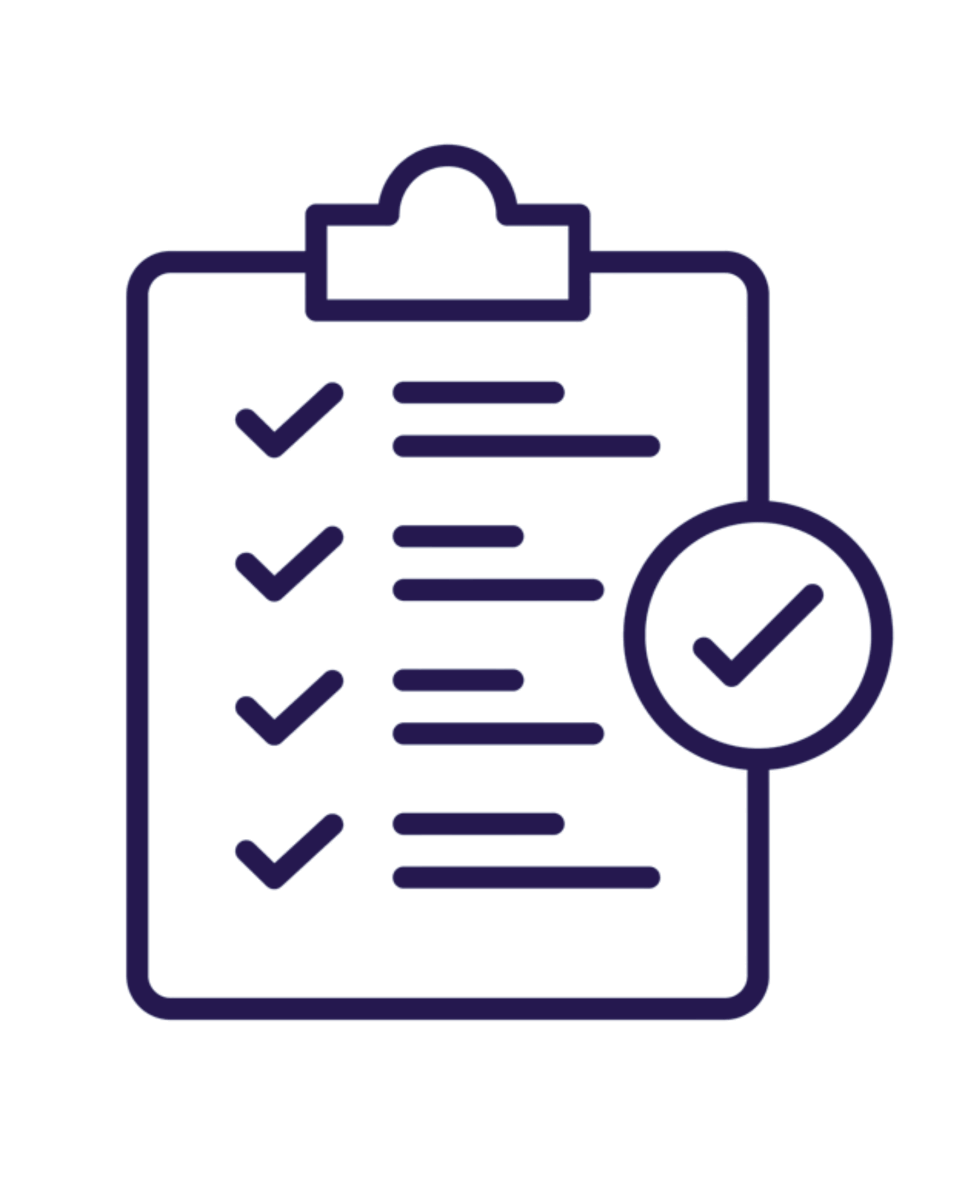
SBI Seed Grant Program

SBI Seed Grant Program
The SBI Research and Education (R&E) Fund will provide grants for scientifically rigorous pilot and/or early-stage research broadly related to imaging and the patient experience of screening, diagnosis, or treatment of breast cancer. The goal is to seed innovative breast imaging research that improves patient outcomes, fosters investigator career development, and catalyzes future external funding.
The R&E Fund will promote research and researchers within the SBI membership.
Program Structure
Eligibility Criteria
- Funding is available to SBI members who have not been a Principal Investigator (PI) on a single project of $100,000 or more and who work in the United States or Canada
- Investigators from all stages of their careers, including trainees, are eligible. Participation from early- and mid-career investigators is encouraged.
- Projects must be related to breast imaging, including screening, diagnosis, treatment, enhancing the patient experience, or breast imaging as a career
- Eligible Organizations: Applicants can be affiliated with academic institutions or Clinical and Community-Based Organizations
- Applicants who are from underrepresented groups are strongly encouraged to apply
Amount
- Up to $40,000 for a 1-year project
- Indirect costs are not allowed
- Salary support for the principal investigator is allowed
Deadline
Applications due by 11:59 PM EST on Friday, January 16th, 2026. Submit via online portal. Incomplete/late applications will not be reviewed.

Application Process
The application should be submitted through the portal and the required components are:
-
Title page (title, PI, institution, keywords (5 maximum))
-
Abstract (300 words or less)
-
Detailed Budget with Justification
- Please provide a justification for each budgeted item
- Name(s) of Investigator(s). The role of each investigator must be clearly articulated and percentage contribution of each investigator clearly described in the budget justification section
- Indirect charges are not allowed.
-
Biosketches
- A biosketch for the PI and all investigators in the NIH-format (maximum five pages each)
-
Description of the Research (Three-page maximum)
- Should include (i) specific aims, (ii) background and the significance of the expected results, and (iii) research methods including any preliminary data if available (not required); include references (not included in the page count)
- Describe the availability of any equipment needed for the project
-
Timeline
- Include a description of the research milestones you intend to achieve and when: One-half (1/2) page maximum. This can be graphical and/or text. The full grant term is expected to be no more than 12 months. No-cost extensions may be allowed for extenuating circumstances.
-
Letter from chair and any external collaborators
- A letter of support from the applicant’s department chair that includes the amount of time that the PI will be given to work on the project (e.g., hours per week). Trainee applicants should submit a letter of support from their project mentor. Applicants from private practice should submit a letter explaining how they will make time to do the research and a letter from a supervisor stating that the research project is feasible in the clinic setting, if applicable.
- For each investigator who is not in the same Department as the PI, please provide a letter of commitment.
-
Personal Statement
- Description of applicant’s current employment position and how these grant funds and resources will be used to leverage future grants and support their career development. Please also describe any internal or external sources of funding for this research, either existing, pending, and/or plans to apply. One (1) page maximum.
-
Description of Conflicts of Interest
- Describe any conflicts of interest and how they will be managed.
- State “none” if there are no conflicts of interest.
-
Additional Information
- Follow the NIH format for margin size (0.5” margins) and font type and size (Arial or Helvetica, or Georgia, 11 pt for main, 10 or 11 pt for Tables and Figure Captions).
- Successful applicants will be expected to comply with all research assurances that involve:
- Human Subjects
- Vertebrate Animals
- Ionizing Radiation/Radioactive Isotopes
- Other, requiring institutional research assurance approvals (recombinant DNA, etc.)
Proposals will be evaluated by a panel of reviewers with relevant expertise. The R&E committee will select the top proposal(s) based on reviews to be considered for funding by the Board. The Board will then make the final selection of the proposal(s) to be funded.
Reviewers will consider each of the review criteria below and give a separate score for each. An application does not need to be strong in all categories to be judged likely to have major scientific impact. For example, a project may not by its nature be innovative but may be essential to advance the field. The overall score is not an average of the individual scores for the items below, but each reviewer will weigh each individual score to arrive at a final overall impact score.
-
Significance and Impact
- Does the project address an important problem or a critical barrier to progress in breast imaging?
- Is the supporting evidence provided rigorous (preliminary results are not required)?
- If the aims of the project are achieved, how will scientific knowledge, technical capability, and/or clinical practice be improved?
- How will successful completion of the aims change the concepts, methods, technologies, and ultimately patient care that drive the field?
-
Investigator(s)
- Are the PI, collaborators, and other researchers well suited to the project?
- Does the project have sufficient expertise to ensure that the project can be successfully completed?
- What, if any, expertise is missing?
-
Innovation
- Does the application challenge and seek to shift current research or clinical practice paradigms by utilizing novel theoretical concepts, approaches or methodologies, instrumentation, or interventions?
- Are the concepts, approaches or methodologies, instrumentation, or interventions novel to the field or novel in a broad sense?
- Is a refinement, improvement, or new application of theoretical concepts, approaches or methodologies, instrumentation, or interventions proposed?
-
Approach
- Are the overall strategy, methodology, and analyses well-reasoned and appropriate to accomplish the specific aims of the project?
- Have the investigators presented strategies to ensure a robust and unbiased approach, as appropriate for the work proposed?
- Are potential problems, alternative strategies, and benchmarks for success presented?
- If the project is in the early stages of development, will the strategy establish feasibility and will particularly risky aspects be managed?
-
Likelihood of Success
- Is there alignment between project aims and available resources?
- Is the proposed project likely to succeed and lead to future funding at a higher level?
Focus Areas |
Reporting and Monitoring |
|
The SBI board may choose to identify specific themes or focus areas for the seed grant program, which would be advertised at the time of the program announcement. For the inaugural launch, the focus must only be related to breast imaging, and all research plans are open for consideration. |
Upon selection for funding, the PI will be paired with a senior member of the SBI who will be their external mentor. The external mentor and PI will meet regularly (virtually) to discuss research progress and address any research concerns. A brief (approximately 1 page) update on research progress towards milestones and specific aims is required 6 months after funding begins. A full summary of the research project is required at the end of the funding period. |
Grantee Award
Final Deliverables
- The Principal Investigator (PI) is expected to present an overview of their research at the SBI annual meeting for the year following the start of their funding
- A financial report is due at the end of the project to ensure funds were used as intended along with the full summary of the research project.
- A final written report on the outcomes of the project is required.
This Cycle
- Nov 12, 2025 Call for proposals
- Jan 16, 2026 Submission Deadline
- March 2, 2026 Committee study section
- March, 2026 Board selection of winning proposal
- April 1, 2026 Earliest start date of funding
- April 17/18, 2026 Announce grantee at SBI annual meeting
- May 2027 Presentation of research at SBI annual meeting
Next Cycle
- July 15, 2026 Call for proposals
- Sept 15, 2026 Submission Deadline
- Nov 1, 2026 Committee study section
- Dec, 2026 Board selection of winning proposal
- March 15, 2027 Earliest start date of funding
- April/May 2028 Presentation of research at SBI annual meeting



